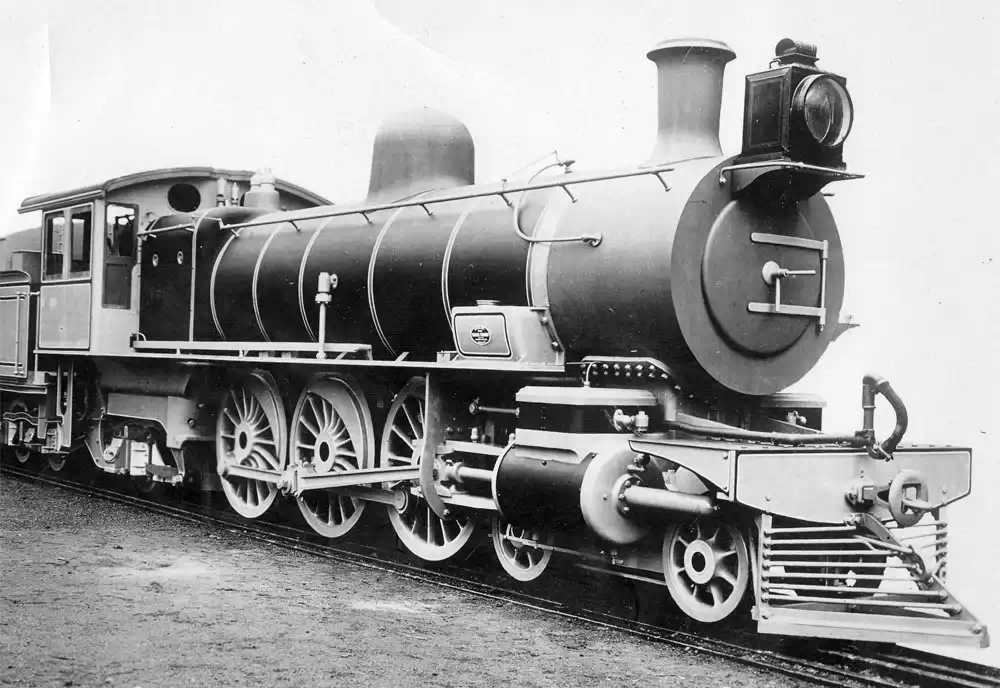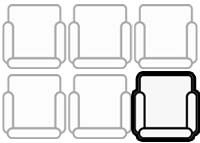
Locomotives / Train Sets
Entry Last Edited: 04/10/2024 | Content ©www.RailRoadJunction.net | The following text is exclusive to this site.
4-6-2 (Pacific)
Steam Locomotive
Series: "Pacific"
Entry Last Edited: 04/10/2024 | Content ©www.RailRoadJunction.net | The following text is exclusive to this site.
Specifications [+]


